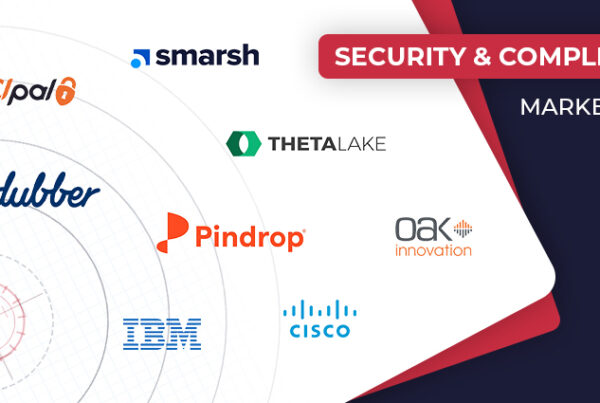
The last several weeks have highlighted the growing importance of addressing the security of team collaboration applications.
- Most security plans are still voice-centric and perimeter-based
- Chief Information Security Officer (CISO)/Chief Security Officer (CSO) organizations may not adequately understand and prioritize against potential risk
Among those with a workplace collaboration security plan, the biggest component is perimeter-based security, such as firewalls and application-layer gateways (ALGs) to protect internal applications and data from external attacks (see graphic above). With the typical network perimeter increasingly dissolving as employees access apps from various devices at home—and expand their use of cloud apps—the old “crustacean” network security model that uses a hard-exterior shell to protect a soft mushy interior is no longer acceptable.











